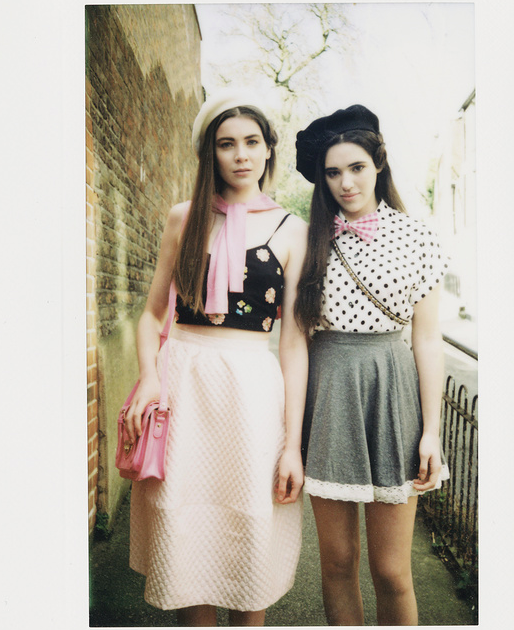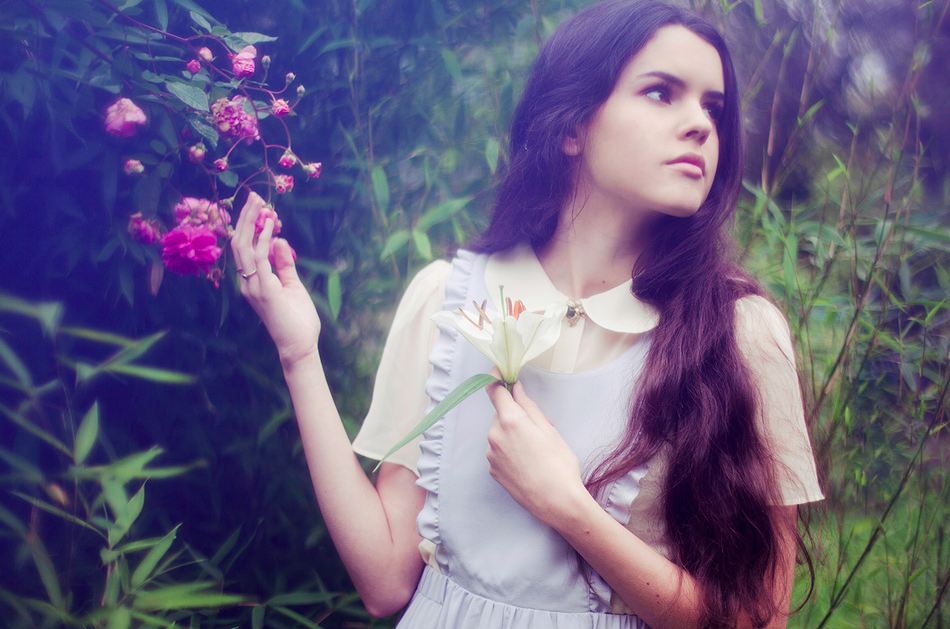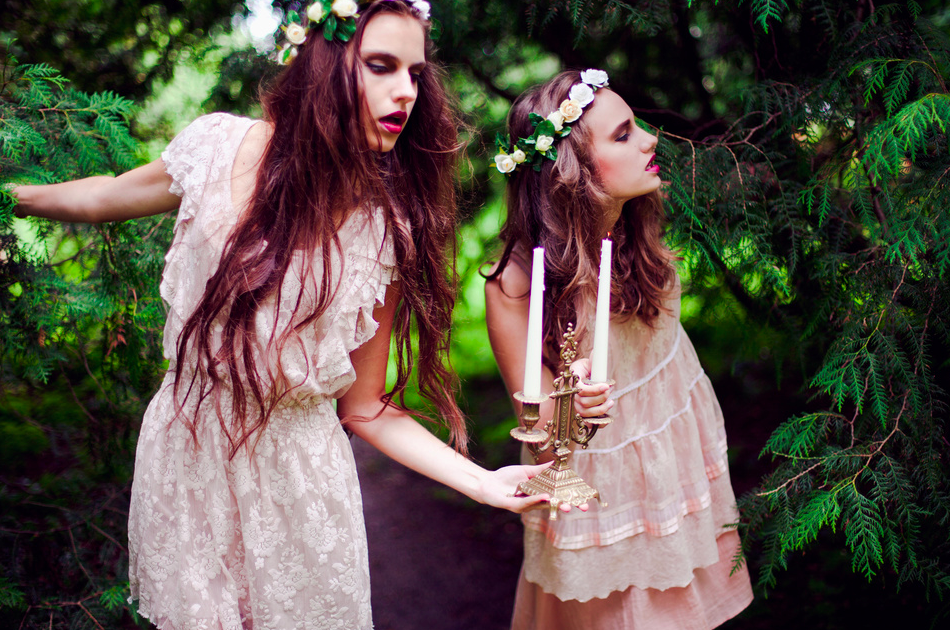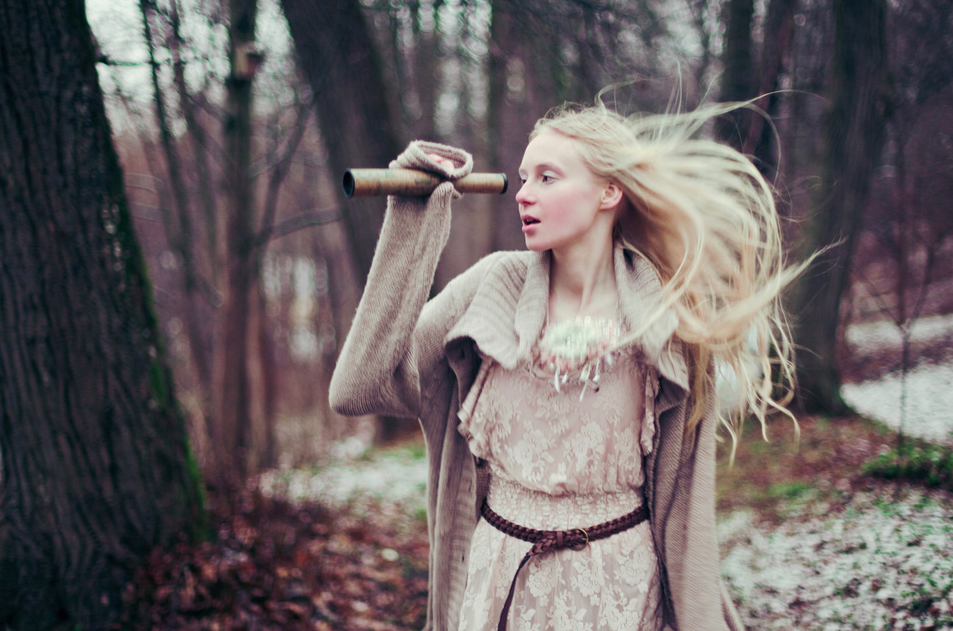Masters of Photography Vol. 13 – Australians is now available and we are already on to the next one. This time, Fashion Industry Broadcast goes global. From Seoul to Berlin, “Masters of Photography Vol. 52 – Next Gen” is a carefully-curated selection of emerging artists who we think might be the next big thing. This art book will feature an amazing selection of their work, as well as thought-provoking interviews.
Every Monday,we will introduce you to one of these new talents. Today, we are flying away to Vilnius, Lithuania with a stopover in London. Here’s our exclusive interview with Ailera Stone

How would you describe your style?
My photographs tell dreamy, nostalgic stories of sad, lonely girls.
How and when did you decide to become a professional photographer?
I have loved photography since I was sixteen, but I was doing very well in school and I was good in sciences, so I didn’t consider the arts a realistic profession for me. But when I was about to take all my exams and was studying non-stop for a few months, I realised that I didn’t actually want that to be the thing that would be taking up all of my time from then on. I realised how much I wanted to be creative. I wanted to create not just on a few nights a month when I had time after coming home very tired from work; I wanted to create all the time. This is when I decided that now is the time to give it a try, while I’m young and passionate about it, and still have so many dreams.
Where do you find inspiration?
Everywhere around me, really. Music was always the thing that kept me going, so a lot of inspiration comes from there, as well as movies and books. I love a good, interesting story and I always aim to tell stories in my photo shoots as well. I often get inspired by interesting faces or locations.
Who are your favourite photographers of all time and why are they so special to you?
It is a very hard question, because I like so many photographers for different reasons. But if I had to pick just one name, it would always be Tim Walker (and I think his name has been cited the most by this generation of female photographers). There was no one quite like him when he started out. I think his work is completely unique and magical. His imagination is just inexhaustible; I would love to live in the world that he sees. It’s extremely inspiring and that’s something I hope people will feel when they look at my work one day.

This art book features photographers from the entire world and each of them has a very specific identity. How do you think your geographic location affects your work?
I’m originally from Lithuania and I think it definitely had an impact on my work. We have so much nature here and I feel at home in the wood, so the forest is a predominant background in my photography. I’ve also been inspired for years by pagan religions and our old folk tales and rituals, so a lot of my pictures have that mystery in them as well. Since I moved to London around five years ago, I became a lot more fashion-oriented. I fell in love with colours and unique styles in the streets, which affected my work a lot too.
If you could move to any city in the world, where would you like to live and work as a photographer?
I’m not sure in which place I would feel the most at home, but I would love to try Paris, New York, L.A. or Tokyo. All of these places are really exciting to me and there would be so much new, different work I could produce there.
What are you five dream locations to shoot?
Anywhere in Iceland, Salvation Mountain, Versailles – and other similar palaces and castles (I love castles)-, an abandoned amusement park in Japan, Red Beach in Panjin, China, or forests and mountains in Norway or Canada.

How would you describe the photography industry in your country? What are the chances for a young artist to ‘make it’ and become global?
In Lithuania, there was practically no chance. We don’t have many designers or even a proper fashion industry to begin with. I know only one young Lithuanian photographer who constantly shoots for big magazines and brands, and he only started doing that after he moved to London. There are a lot more opportunities in London, even though the competition is brutal. I know so many talented people here that deserve much more.
As a young photographer, you have witnessed a big switch in the industry. Indeed, photography today is much more democratised than a few decades ago. Everyone can have access to retouching programmes, publishing sites and good cameras. What are your thoughts on the evolution of the industry and the impact it has on your work?
I think it’s absolutely great! If it wasn’t for the easy accessibility, I’m not sure I would be where I am today. Would I have ever tried photography properly like I have now? Maybe I would never even have discovered this important part of me. Yes, there might be too many “photographers” because of this change, but I think time will show who is actually really good and is worth to be remembered. I believe that if you work hard enough and are unique, you’ll get where you want to be sooner or later.

A lot of young photographers got discovered thanks to their Tumblr or Instagram account. What is your relationship with social media platforms?
Social media and photography sites are the reason I became interested in photography in the first place, so I personally love them. When I was around 16, I saw so many talented young photographers online that inspired me to try to create something as well. I pretty much have an account on all the most popular photo sharing platforms. I love following people whose work I admire and I love getting feedback; seeing that my work reaches people.
Post manipulation has long been debated, especially in commercial and fashion photography. How much do you retouch your images and what is your opinion on the whole body image debate?
I think my work is just not finished when it’s straight out of camera. I love colours and every story needs to have certain tones to convey the atmosphere I imagined. However, I don’t like the over-retouching of body forms and I usually don’t think I need it at all. I only retouch the skin if there are some spots. I would adjust the image when something is distracting from the main photo’s subject, or when the body is at an angle that makes some parts look awkward or weird for instance. But I like my models the way they are and I try to keep it as real as I can, I would not, for example, try to make them appear skinnier than they are (unless it’s for a client and they ask for specific things – then we can debate it).
Check out Ailera Stone’s website – http://www.ailerastone.com







